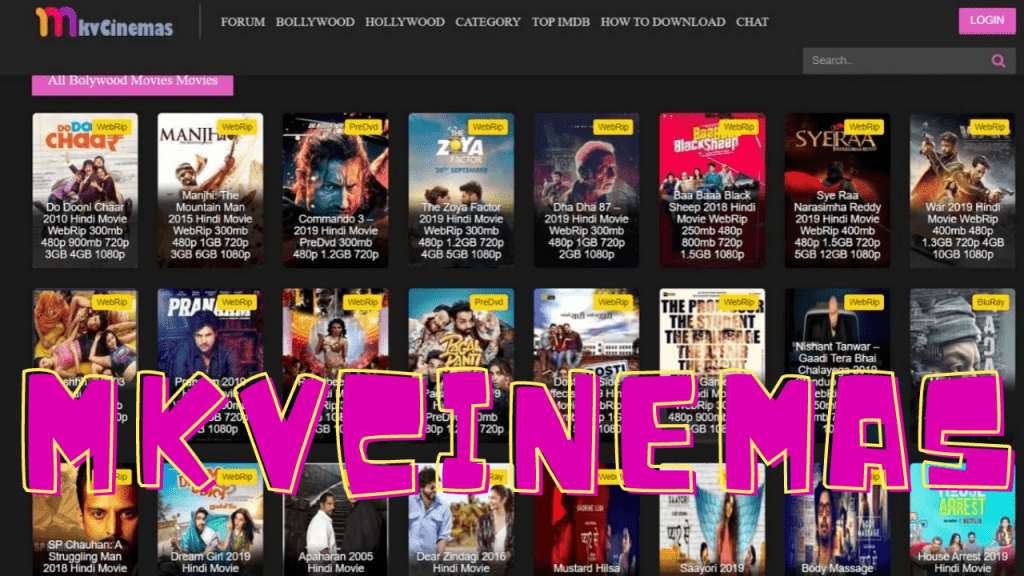All You Need To Know About MKV Movie Cinema: The Ultimate Guide To Your Viewing Pleasure
In today's digital age, the way we consume movies has drastically changed, with technological advancements offering viewers more flexibility and accessibility than ever before. Among the various formats and platforms available, MKV Movie Cinema has gained significant popularity. The MKV format, known for its high-quality video and audio capabilities, has become a favorite for movie enthusiasts who seek a cinematic experience in the comfort of their own homes. What makes MKV Movie Cinema stand out is its ability to support multiple audio tracks, subtitles, and high-definition video, providing users with a rich and immersive viewing experience.
MKV, short for Matroska Video, is an open-source multimedia container format that allows for the integration of various media elements such as video, audio, subtitles, and more into a single file. This versatility makes it an ideal choice for digital cinema, as it can store a vast amount of data without compromising on quality. The format's compatibility with a wide range of media players and devices further cements its status as a go-to option for those who value both quality and convenience in their movie-watching experiences. As the demand for high-definition content continues to rise, MKV Movie Cinema remains at the forefront, delivering exceptional entertainment to audiences worldwide.
As we delve deeper into the world of MKV Movie Cinema, this comprehensive guide will explore its numerous features, benefits, and how it compares to other popular movie formats. We'll also address common questions and provide insights into the technical aspects of the MKV format, ensuring that you have all the information you need to enhance your viewing experience. Whether you're a seasoned cinephile or a casual viewer looking to upgrade your home theater setup, understanding the intricacies of MKV Movie Cinema will undoubtedly elevate your entertainment experience.
Read also:Christy Carlson Romano The Life And Career Of A Multifaceted Talent
Article Recommendations

